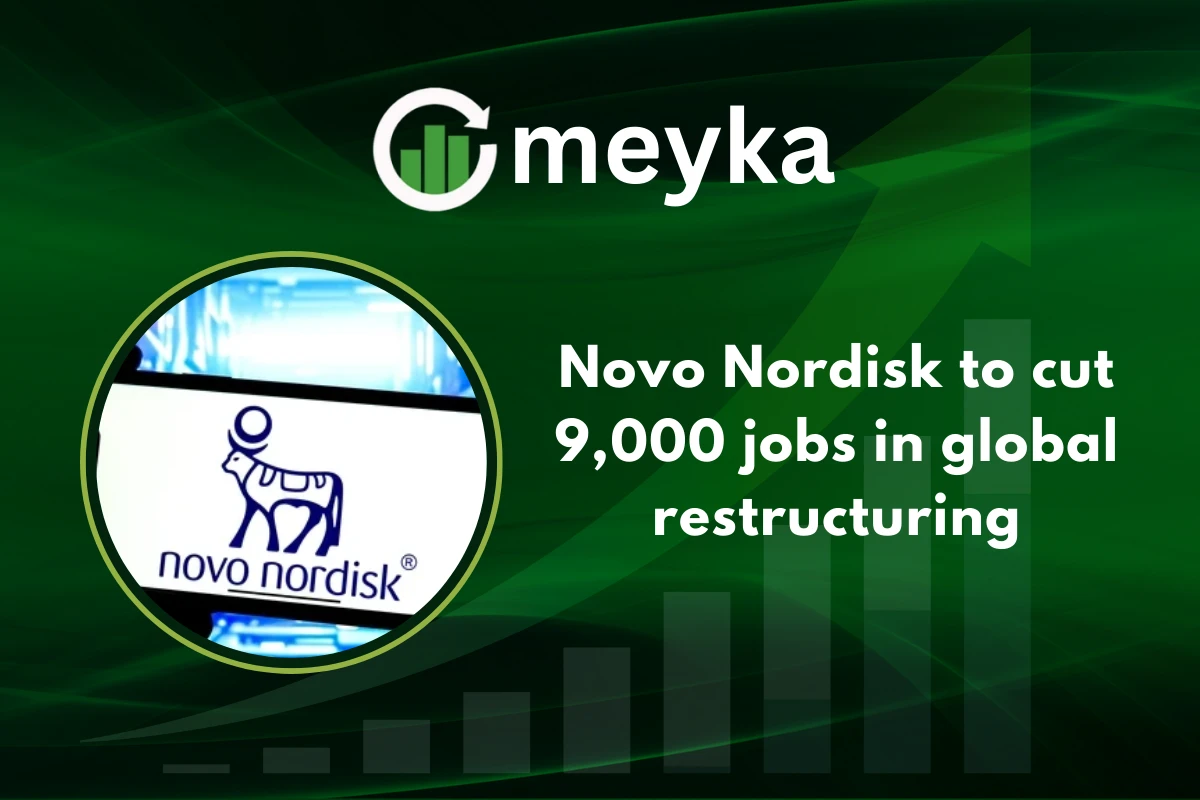Novo Nordisk to Cut 9,000 Jobs in Global Restructuring
Novo Nordisk has announced a large global restructuring that will cut 9,000 jobs, a move the company says is necessary to streamline operations as the market for weight loss and diabetes drugs evolves.
The decision, set out in an official company release and reported widely by Reuters, Investing.com, Barron’s and others, follows a period of rapid growth tied to treatments such as Ozempic and Wegovy, and rising competition that has altered pricing and growth expectations. The scale of the layoffs underscores how quickly the commercial outlook has shifted for leading drugmakers.
Why Novo Nordisk is restructuring
Company leaders point to slowing revenue growth and intensified competition in the obesity drug market as primary reasons for the overhaul. After a strong surge in demand for GLP one based therapies, a wave of competitors entered the space, creating a tougher commercial environment. Management says the plan will reduce organisational complexity, refocus resources on core diabetes and obesity care, and improve long term cost efficiency.
Why is Novo Nordisk making such a large cut now? The company argues that acting now preserves investment capacity for priority research and keeps the business resilient as the market matures.
Details of the 9,000 job cuts and the global impact
The planned reduction of 9,000 roles represents about eleven percent of the company’s global workforce, according to the company announcement and media reporting. The changes will be implemented across regions and functions, affecting corporate roles, support teams and some operational positions.
Novo Nordisk has said it will offer support packages, redeployment where possible, and follow local consultation rules in affected countries. For towns and regions dependent on company employment, the cuts will be a significant economic shock and local officials and unions are likely to engage with the company on mitigation measures.
What does this mean for patients and local communities? The company has pledged continuity of supply for marketed medicines, but health groups and community leaders will monitor potential impacts on clinical trial operations and manufacturing capacity.
The role of weight loss drugs in shaping strategy
Ozempic and Wegovy have reshaped Novo Nordisk’s business model by opening a large obesity market and generating considerable revenue. The rapid rise of these medicines also attracted competition and put pressure on pricing and reimbursement. Payers and markets are now seeking sustainable access and cost control, which may limit margin expansion compared with the early boom.
The restructuring is presented as a way to defend long term innovation funding while reducing costs in less strategic areas.
Why does obesity drug competition matter to investors? These drugs accounted for a material share of recent valuation gains; any slowdown in growth or erosion of market share can quickly influence profit forecasts and investor confidence.
Financial outlook and lowered profit growth forecasts
Alongside workforce reductions, Novo Nordisk revised shorter term profit growth expectations to reflect a more restrained top line outlook and a tougher pricing environment. Analysts have updated earnings models and some investors reacted with concern, while others recognised a clear plan to restore margins.
The company emphasised cash flow discipline and targeted investment in high priority development programmes as central to returning to stronger growth over the medium term.
Competition with Eli Lilly and the obesity drug market
Competition from Eli Lilly and other rivals has accelerated, especially as new molecules reach both diabetes and obesity markets. This has broadened treatment options for patients; however, it also produces faster shifts in market share and greater pricing pressure.
Novo Nordisk’s restructuring is partly an attempt to reallocate resources to research and to markets where it can sustain leadership, while streamlining overheads that expanded during the boom period.
How will this affect innovation? The company insists core research programmes will continue, but observers will watch whether the scale and pace of cuts slows the pipeline or shifts priorities toward projects with nearer term commercial potential.
Employee and investor reactions
Employee concern and investor scrutiny were immediate. Social media captured real time reactions, with one user posting to highlight the human impact and linking to the official statement,
Another commentary raised questions about long term profit prospects and strategic clarity,
These responses underline both the personal consequences of large scale restructuring and the market emphasis on whether the plan will ultimately restore sustainable profitability.
How the decision affects diabetes and obesity treatment innovation
While cost reductions are intended to preserve margins, analysts warn that significant cuts to research and clinical teams could slow future drug discovery. Novo Nordisk has stated that its clinical pipelines for diabetes and obesity will continue to receive targeted funding, prioritising programmes with the highest potential for patient benefit and commercial viability.
The coming year will test whether management can balance short term efficiency with long term innovation needs without losing momentum in critical therapeutic areas.
Global pharmaceutical industry implications
The shake up at Novo Nordisk may prompt peers to reassess cost structures as the obesity drug market matures. Firms that expanded capacity during the boom could now seek efficiencies, while investors will favour companies that combine credible pipelines with durable margins.
Regulators and payers will also influence outcomes through reimbursement and pricing policy, meaning future commercial success will depend on scientific progress as well as policy frameworks.
The sector may see consolidation of capabilities and a renewed focus on measured growth.
Conclusion: Risks and opportunities ahead for Novo Nordisk
Novo Nordisk faces a pivotal moment. The plan to cut 9,000 jobs aims to sharpen the company’s focus on core treatments, improve efficiency, and position the firm for sustained competition in a crowded market. Yet important risks remain, including potential impacts on innovation, employee morale, and the economies of communities where the company operates.
For investors, the restructuring signals proactive cost management in response to a tougher commercial landscape; for patients and health systems, the key issue will be preserving access to medicines while supporting continued progress in diabetes and obesity care.
Execution, communication and maintaining research momentum will determine whether the company can turn this painful short term action into a longer term strategic advantage.
Disclaimer
This content is for informational purposes only and not financial advice. Always conduct your research.






